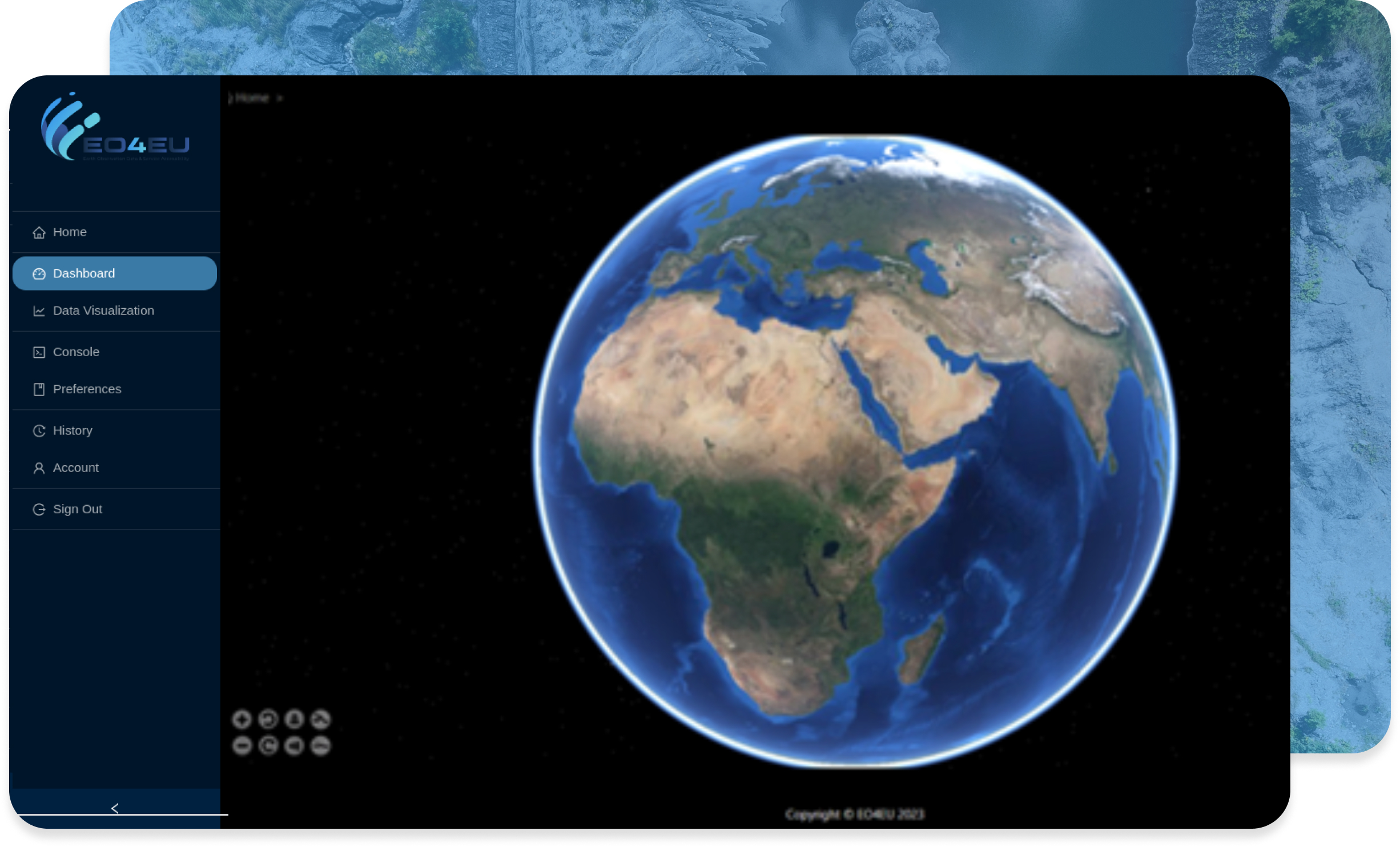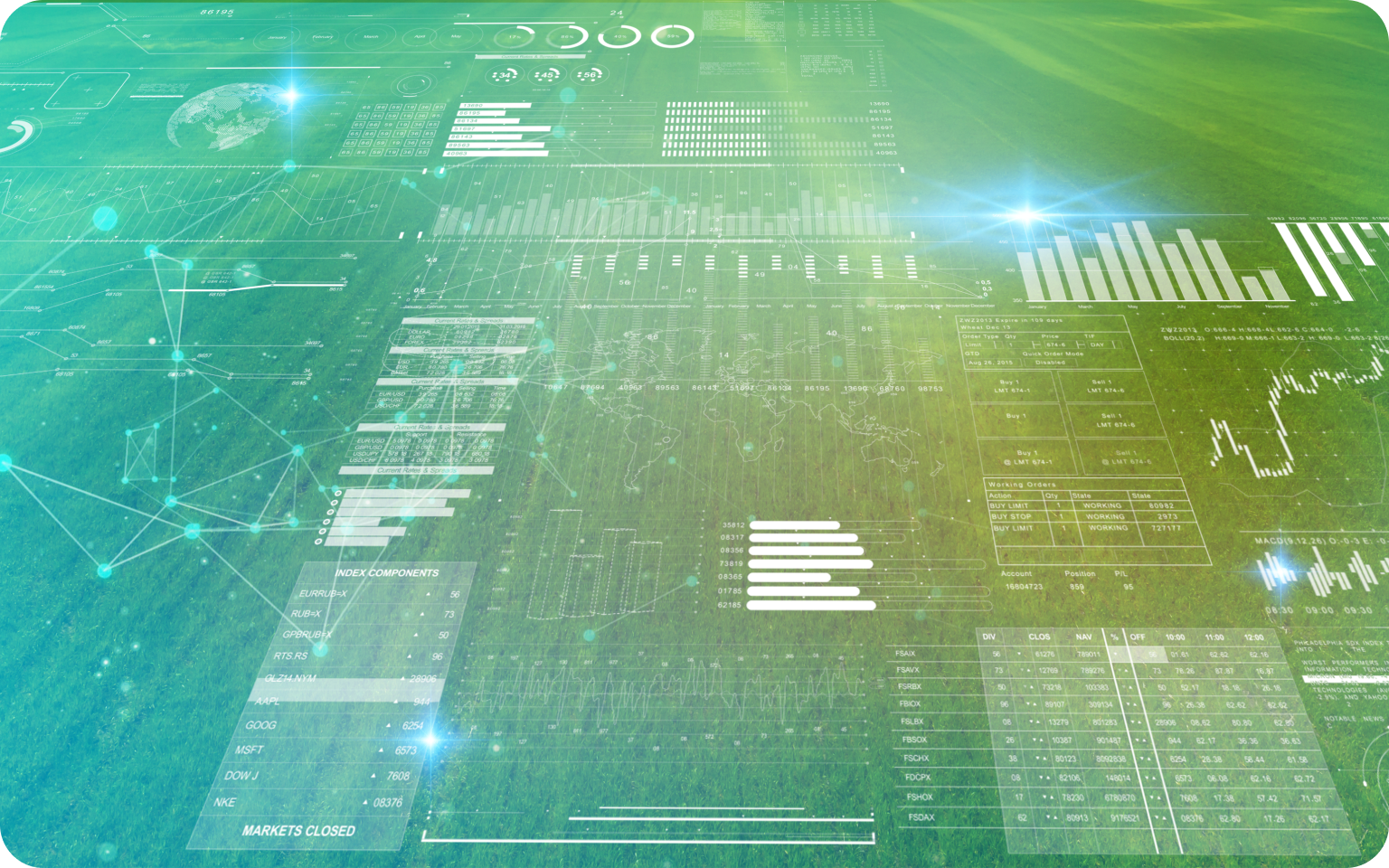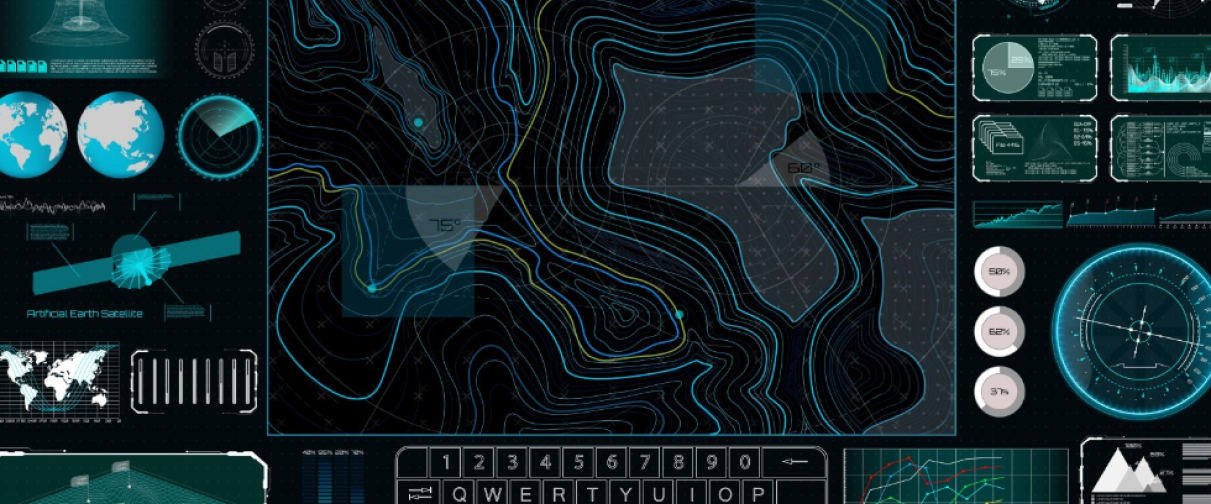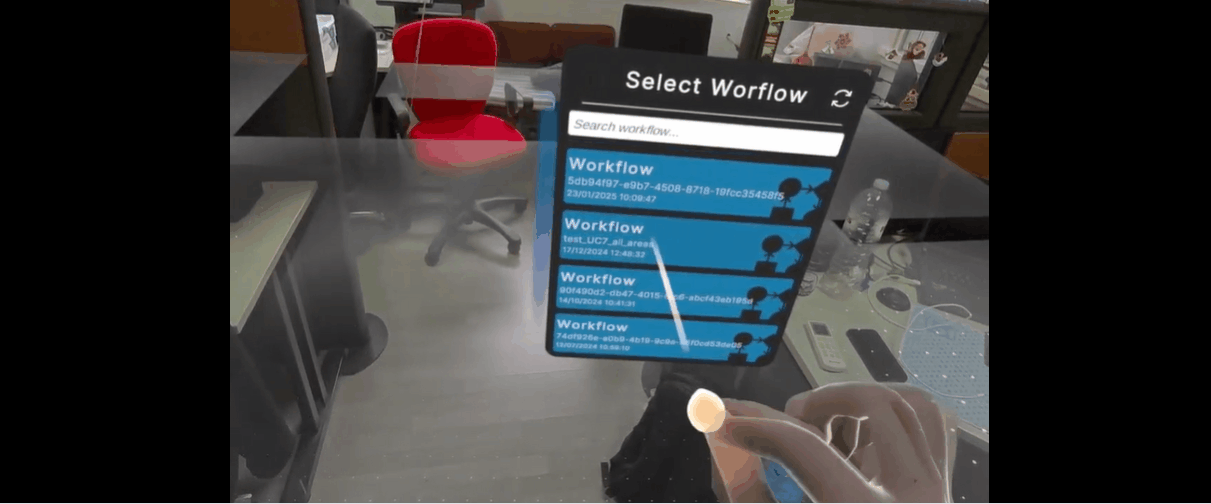
How It Works
The EO4EU platform is a next-generation platform for Earth Observation (EO) data processing and analysis that is being developed by a consortium of European partners.
It is based on several innovative technologies, including machine learning, knowledge graphs, and extended reality, and is designed to address two important challenges of EO data processing platforms: platform intelligence and systems support.
EO4EU for Users
Policy makers and Decision Makers
EO data can help you to shape policies more effectively through a more data-driven approach. However, using and accessing the available EO tools usually requires advanced technical knowledge.
With the EO4EU Platform, you can access EO data without the need for technical EO knowledge!
The Platform allows you to consult EO data and implement policies that are guided by real-world data about your area of concern. It supports decision-making and climate action through new user-friendly tools and enhanced EO capabilities
- Utilize the platform to gain insights for environmental policies, urban planning, and disaster management.
- Rely on easy-to-use dashboards and summarized data outputs.

Scientists, Researchears & Academic Institutions
Europe produces some of the highest-quality EO data that can provide significant insights not only for environmental or agricultural applications but also for archaeology or social sciences.
However, the high technical knowledge needed to use and access EO data presents a significant barrier. The Platform supports research requiring more accessible EO data.
- Use the platform to access and analyze satellite data for scientific studies.
- Benefit from advanced analytical tools and data processing functionalities.
- Access simplified visualization tools that are accessible to non-technical users.
Access EO data for your research more easily than before!

NGOs, Citizens and Public Organisations
Whether it’s advocacy for the climate, or for economic or urban development, insights from Earth Observation data can make your proposals more compelling.
- Engage with accessible, easy-to-use tools to raise awareness and support community projects.
- Enable citizen scientists to use more accessible EO tools and show how EU investments reduce impacts of climate change and disasters. No prior technical expertise required to explore and interpret data.
- Civil society organisations can use the EO4EU tools to efficiently manage and empower their communities, by better monitoring, representing, storing and reusing earth related information.
Benefit from available EO data more easily now!

Private sector - Industry and Business Stakeholders
Competitive advantage largely rely on innovation and added value, encouraging new innovations through more accessible EO data and tools for non-technical users.
The wealth of Earth observation data has thus far been unreachable to the private sector except for companies with dedicated EO expertise.
- Leverage satellite data for agriculture, forestry, and other industries.
- Benefit from straightforward workflows and easy-to-navigate interfaces to incorporate data into their operations.
Empower your business with new applications or improved offerings through more readily available EO data!

Environmental, Climate and Disaster Management Agencies
- Monitor real-time environmental conditions and natural events.
- Take advantage of intuitive interfaces that facilitate quick understanding and action, suitable for users with varying technical skills.
- Promote further usage of their data through value added tools and services.

Top features for you
Through the EO4EU Platform, you can access some of the largest and most trusted EO data sources in one place and use added value features such as:
Easy-to-use interface for technical and non-technical users
Personalised dashboards, smart search engine, real-time and historical data visualisation, analysis and interpretations, and interactive mapping among others. You can also write your own code in python, node, PHP, C# and execute this code with minimum effort for multi-instance processing and flawless delivery.
Readily available AI and ML resources
Such a representation will provide the input representation over which the downstream tasks will operate for the learning of task-specific models. You can run ML labeling algorithms in operations such as crop recognition, locust recognition, fire identification etc.
Combine data Interpolate and extrapolate datasets
With the Fusion Engine, the user will be able to combine datasets from different spatiotemporal snapshots.
Access raw EO data
Execute a natural language query to the sources, Inspect the available datasets by description, Forward the datasets to an OpenEO based API and then use the datasets retrieving the data from the API.
Rerun everything with ease
Choose your ML algorithm, Fusion, FaaS function in the Marketplace and execute it following the description and the user guide.
Immersive experience through VR
EO4EU is bringing virtual reality interface powered via augmented/extended reality technology.
EO4EU Platform Tools

Data Analytics Visualisation
Decision-making and policymaking are at the heart of our data analytics and visualisation tools. We offer real-time data analysis, interpretation of environmental observations, and interactive mapping. Our smart search engine is text and annotation-based, and we provide personalised dashboards, all fuelled by data analytics based on statistical metrics.

Knowledge Graph-based Decision Making
Our approach to decision-making and analysis is unique. We're introducing a Graph-Based Text Representation, enabling us to extract informative features from the entire knowledge graph. This encompasses structural and textual aspects, providing you with a more comprehensive understanding of the data integrated: Adam, ADS, CDS, available for querying datasets from EUMETSAT and Sentinel (including Sentinel 2).

XR System
We're taking data visualization to a whole new level with our extended reality (XR) system. This immersive experience includes an augmented reality (AR) interface that lets you visualise and analyse EO data in the real-world using geolocation technology. Furthermore, our virtual reality (VR) interface brings EO data to life in 3D virtual environments, compatible with various VR devices.

AI/ML Marketplace
Our AI and ML Marketplace is your one-stop destination for artificial intelligence and machine learning resources. The EO4EU Platform offers a comprehensive selection of AI and ML models, algorithms, techniques, metadata, and data models for processing and communication, programming code, and documentation.

Generic Machine Learning Pipeline for Semantic Annotation
We understand that labelled data can be a limitation. Our Generic Machine Learning Pipeline is designed to minimise the need for use-case-specific labelled data. It empowers you to learn a robust and transferable representation of input data in a latent space, all in an unsupervised manner. We employ approaches like SimCLR, which is a simple framework for contrastive learning of visual representations. We also keep an eye on emerging techniques in this rapidly evolving field.

Fusion Engine
Our Fusion Engine is the heart of context awareness. It combines data readings from different sources selected by you, the user, and processes them through various algorithmic pipelines. These pipelines refine the data and even create new products. All this is done with the utmost efficiency, utilising high-performance computing (HPC) and GPU environments. Each pipeline runs in the Kubeflow environment, ensuring seamless communication through the EO4EU message bus.

Serverless FaaS
Our serverless Function as a Service (FaaS) capabilities provide you with a cloud computing service that lets you run code in response to events without the complexity of managing infrastructure. This means you can focus on your tasks, and we handle the rest.
How does the Platform work?
Data sources
EO4EU aims to further improve access to the EU EO data offered by a variety of platforms and data repositories. Data sources include Copernicus services and associate platforms like the DIAS, but also upcoming initiatives like Destination Earth.
Semantic annotations
Without prior knowledge about their structure and format, the platform shall be able to retrieve, process, fuse and deliver new datasets, supported by machine learning algorithms and advanced semantic annotations.
Learned compression
An innovative machine learning-based learned compression algorithms shall enhance the accessibility of the data sources by reducing the respective data volumes needs to be transferred over the network, reducing the footprint of storage capacity and the network bandwidth requirements.
Platform as a Service
The control and core plane components of the EO4EU platform feature an event-driven and microservices-based architecture, hosted on the EO4EU Platform as a Service (PaaS) Tier, leveraging Kubernetes to simplify microservices development, scaling, and management.
User Experience
The platform is further enhanced with a set of visualisation services and interfaces, including a multi-layered user interface (GUI) for visual analytics coupled with a Workflow Editor, a Command Line Interface (CLI), and a respective Application Programming Interface (API), and an extended reality (XR) interface to boost the usability and the adoption of the platform.
Communications
All platform communications are handled through a message-based middleware (via a Message Bus). This provides a coherent communication model with distribution, replication, reliability, availability, redundancy, backup, consistency, and services across distributed heterogeneous systems.
EO4EU Platform Architecture
Multi-Cloud Infrastructure
The EO4EU Platform relies on a robust Multi-Cloud infrastructure based on both WEkEO, part of the Copernicus Data and Information Access Services, and the CINECA Ada Cloud, featuring access to HPC. The underlying open-source IaaS technology (OpenStack) facilitates the interoperability of workloads across clouds.
Observability
Operators can view constantly the status of the EO4EU Platform through state-of-the-art monitoring and logging infrastructures, based on Thanos (Prometheus), fluentd, OpenSearch and Grafana.
Orchestration
Through GitOps practices, EO4EU operators implement Continuous Integration (CI) and Continuous Delivery (CD), allowing for increased reliability and security. The provisioning of the EO4EU PaaS (Kubernetes) is automatically performed through Rancher, for increased protection against lateral movements.

